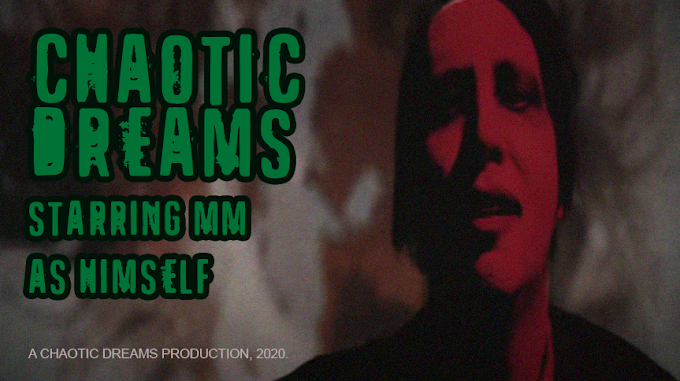So recently someone asked me why did I choose to use the "swastikasquares" logo thingy on this blog. Well, I'll kindly explain. It is actually called Tursaansydän, a Finnish word for "The Heart of Tursas".
It strongly caught my attention due that it was a recent addition to Marilyn Manson's collection of tattoos. Not quite sure the reason why he got in the first place but I can explain its origin.
DEFINITION
| Orignal Tursaansydän (right) and variation made with four arrows (left) |
The tursaansydän (Finnish for "heart of Tursas") or mursunsydän ("heart of the walrus") is an ancient symbol used in Northern Europe. It was especially popular in Lapland. Some say it was used on Lappish shaman drums. The symbol originates from prehistoric times and incorporates a swastika.
The tursaansydän was believed to bring good luck and protect from curses, and was used as a decorative motif on wooden furniture and buildings in Finland. During the 18th century the simple swastika became more popular in Finnish wood decoration than the more complex tursaansydän.
It has been speculated[who?] that the tursaansydän represented a flying and rotating hammer of the thunder god Ukko (in Finland) or Thor (in Scandinavia). It could also have been an image of a lightning ball, like the Russian "thunder marks" (see Perun). Another theory is that it is actually an image of the heart of some being, such as Tursas or the walrus. Based on its many interpretations and uses, this symbol appears to have had many meanings over time.
You may ask, why is there a swastika in there? Well, the truth is this symbol is found by the conjunction of four squares, but it's been found even in the heart of India, Hinduism to be exact, when it was named (from Sanskrit svástika स्वस्तिक) The word Swastika means and consists of the word “Su” which means goodness, nobility, well etc. “Asti” which means being (to be) “Ka” is suffix to make a noun.
 |
| svástika स्वस्तिक) |
It's found in numerous cultures with variations, such as Greece, Japan, Finland, and many others:
So as you can see, it's more like a universal symbol. Its constant movement could also be linked to that of the spiral, which is moving clockwise:
 |
| Spiral, clockwise and counterclockwise movement, one of nature's oldest symbols |
 |
| The spiral incorporated with the heart outline. |
So as you can see most of these symbols have something in common with Tursaansydän. And by the way, the swastika is called Hakaristi in Finnish. Hope this clarifies some doubts.
(source: Wikipedia)

0 comentarios:
Post a Comment